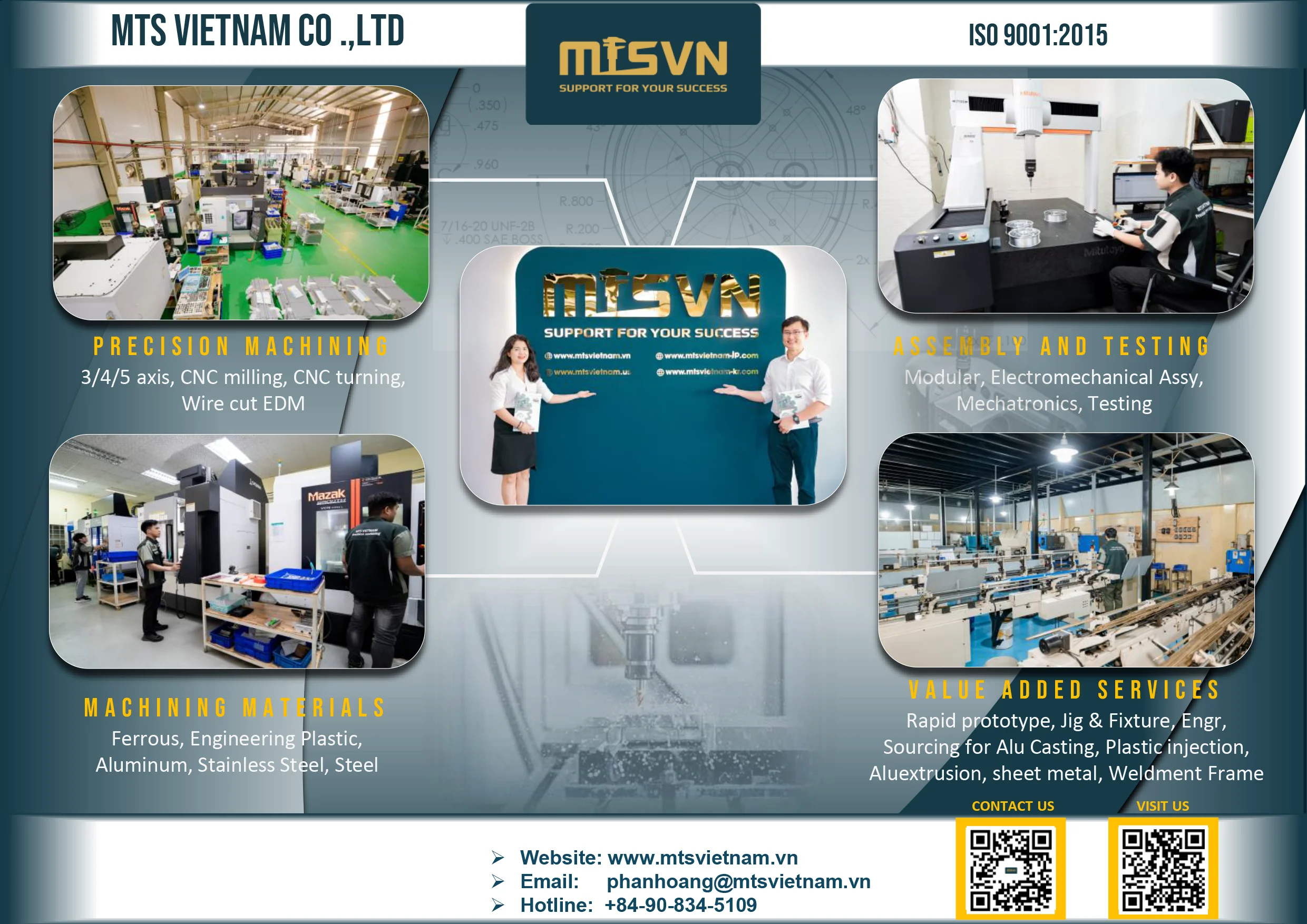The evolution of assembly in manufacturing marks a fascinating journey from labor-intensive manual processes to the sophisticated automated assembly lines that define modern production facilities. This transformation has not only revolutionized how products are made but also significantly impacted the efficiency, cost, and scalability of manufacturing.
The Dawn of Manufacturing Assembly
The story of assembly in manufacturing begins in the workshops and early factories of the Industrial Revolution. Before the advent of assembly lines, products were crafted from start to finish by individual artisans or small teams of workers. This manual process was time-consuming and required a high degree of skill, limiting production volumes and making goods relatively expensive and less accessible to the general public.
The Birth of the Assembly Line
The concept of the assembly line fundamentally changed the manufacturing landscape. It introduced the idea of dividing the production process into simpler, repetitive tasks that could be performed by different workers. This method dramatically increased production speed and efficiency, making products more affordable and widely available. However, it was Henry Ford who, in the early 20th century, perfected the assembly line for mass production, revolutionizing the automobile industry and setting a new standard for manufacturing worldwide.
Henry Ford and the Model T
Henry Ford's introduction of the moving assembly line in 1913 marked a pivotal moment in the history of manufacturing. Ford's innovation was to move the product through a series of stations where workers would perform specific tasks. This not only sped up production but also reduced the skill level required for each worker, allowing for the employment of a larger, less specialized workforce.
The impact of Ford's assembly line was profound. The most famous application was the production of the Model T Ford, which became the first automobile to be mass-produced using these methods. The success of the Model T and its production process made cars affordable for the average American, transforming the automobile from a luxury item into a staple of American life.
The Advancement Toward Automation
While Ford's moving assembly line was revolutionary, the journey from manual processes to automation was just beginning. Over the 20th century, advances in technology introduced more automation into the assembly process. The development of specialized machinery and, later, computer technology and robotics, has allowed for even greater efficiency and precision in manufacturing.
The introduction of programmable robots in the 1960s marked the beginning of a new era in manufacturing automation. These robots could perform a variety of tasks with high precision and consistency, further reducing the need for manual labor and increasing the speed of production.
Modern Automated Assembly Lines
Today, fully automated assembly lines are a common sight in industries ranging from automotive to electronics manufacturing. These modern assembly lines are characterized by their use of robotics, computerized control systems, and advanced sensor technology to ensure precision and efficiency. Automation has enabled manufacturers to produce goods of higher quality and complexity at scale, meeting the demands of a global market.
Conclusion
The history of assembly in manufacturing is a testament to human ingenuity and the relentless pursuit of efficiency and innovation. From the manual processes of early artisans to the high-tech automated assembly lines of today, the evolution of assembly methods has played a crucial role in shaping the modern world. As we look to the future, ongoing advances in technology promise to further revolutionize manufacturing, continuing the legacy of innovation that has defined this field for centuries.
MTS Vietnam is a prominent company specializing in precision mechanical components fabrication. Established in 2017, it has quickly become a reputable name in the Vietnamese and Southeast Asian markets. The company's expertise lies in CNC milling and turning parts made from a variety of materials, including Aluminum, Steel, Stainless, POM, and other engineering plastics. MTS Vietnam is dedicated to supporting the success of its customers and strives to be a leading company in the field of precision mechanical processing both in Vietnam and internationally.
In addition to its fabrication services, MTS Vietnam offers assembly services for components and machines, as well as CNC program services. This comprehensive range of services is aimed at providing optimal solutions and benefits to its customers through the company's ecosystem and strengths. MTS Vietnam emphasizes the importance of investing in new technology and quality control equipment to ensure that it can deliver merchandise at competitive prices and within the required deadlines.
WORKSHOP: 248/10 ĐT743A Street, Binh Thung 1 Quarter, Binh An Ward, Di An City, Binh Duong Province, Vietnam
Tel/zalo/viber: 0908.345.109
Email: phanhoang@mtsvietnam.vn | info@mtsvietnam.vn
Website: www.mtsvietnam.vn (Global Market) | www.mtsvietnam-jp.com (日本)
For USA Sales, please contact MTS USA at:
Tel/zalo/viber: 978-777-1716
Email: sales@mts-usasales.com
Website: www.mtsvietnam.us (US Market)



